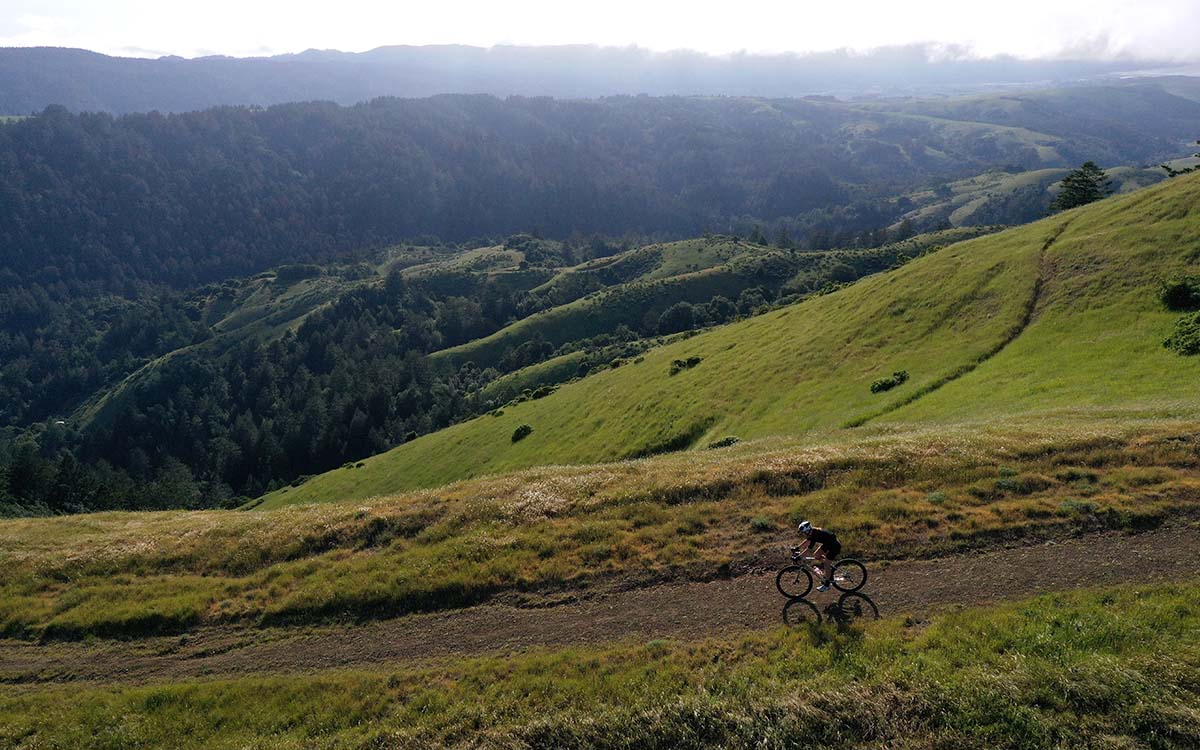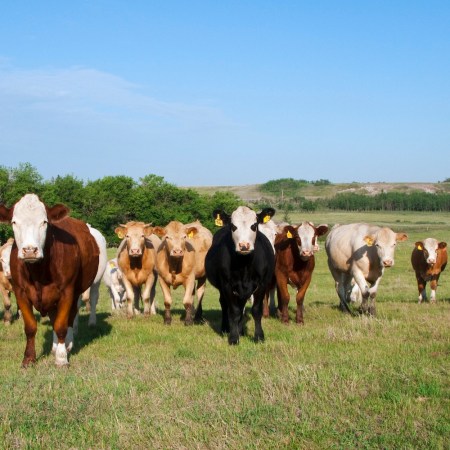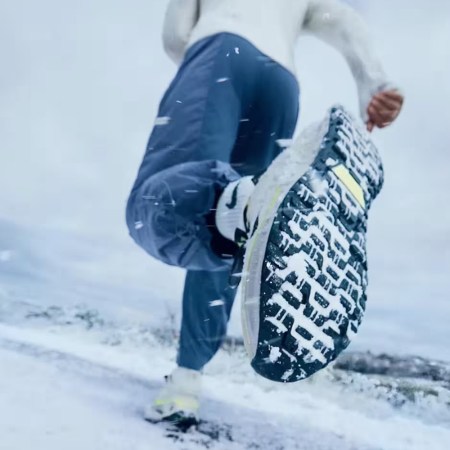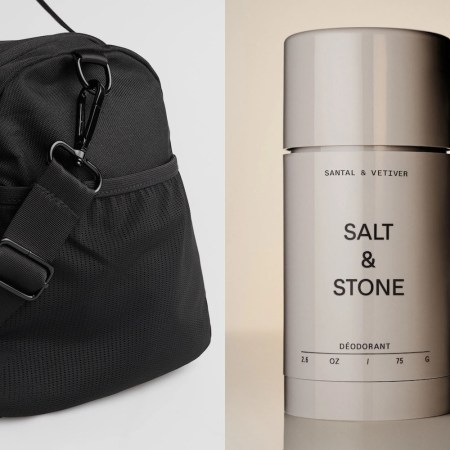In mid-May, The New York Times published a story about an unlikely “bike shortage” in the United States. Thanks in part to President Trump’s $300 billion trade war with China, which began back in 2018, biking manufacturers that import parts from China — from Trek all the way down to a little cycle shop called Pello in Richmond, Virginia — have spent the last two years ordering less (down 25 percent in 2019, and 30 percent in the first quarter of this year), selling less and refreshing their feeds for updates on tariffs.
A blip of good news did arrive in February, when President Trump cut certain tariffs in half (from 15% to 7.5%) and signed exclusions for kids’ bikes and e-bikes. But the 25% tariff on most non-motorized bikes (and bike-related products) remained. And then a global pandemic hit, and all at once, people from Williamsburg to West Seattle decided it was time to buy a bike. Their reasoning made a lot of sense — wariness over public transportation, a national boom in aerobic exercise, COVID-fueled street closures that had already become permanent — but biking manufacturers weren’t ready. They’d just spent two years keeping shelves strategically empty. Not to mention that many of the Chinese factories they relied on were not yet operating at peak capacity.
One important takeaway, though, from this odd collision of endurance sport and geopolitical posturing, is that America’s bike shortage is not absolute. Many independent manufacturers that build bikes in the Western Hemisphere have a specific kind of two-wheeler available for purchase, which, unlike the preferred lockdown bike (entry-level, $1,000-or-less road models) will actually be ready to ride before summer is halfway over. There is a cost element at play, but heftier price tags are accompanied by heightened quality, and it all serves to highlight a commentary on where America’s leisure cycling market was headed anyway: off road.
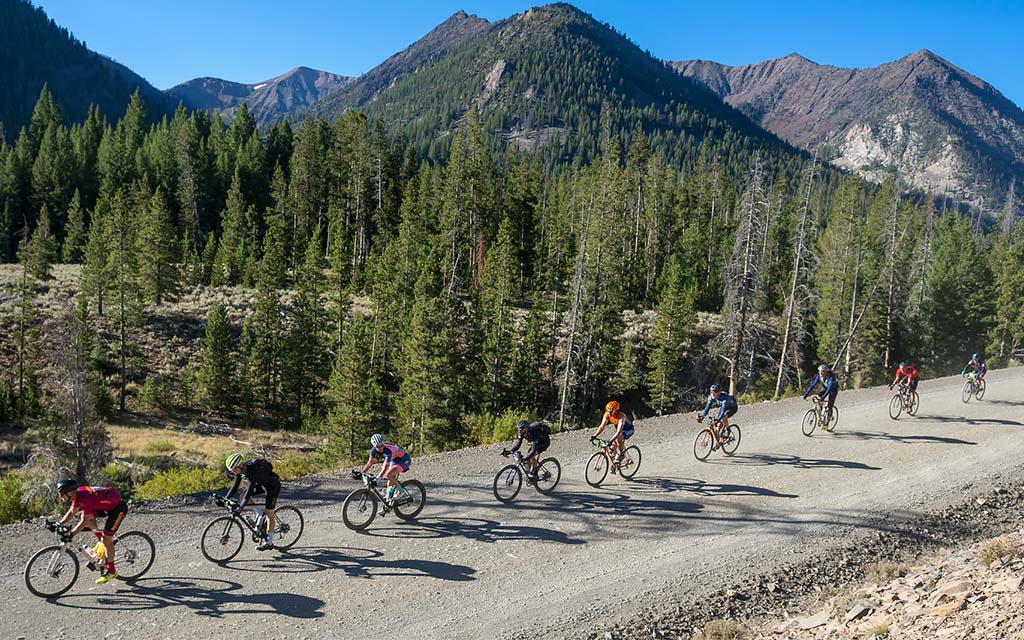
Gravel biking has been around for more than 15 years, but it didn’t get its own dedicated bike — the Warbird, by Salsa Cycles — until 2012. That gap in production speaks, at least somewhat, to the activity’s straightforwardness. Similar to other outdoor movements like “wild swimming” or “volksmarches,” the concept of taking one’s bike off a paved path — and onto fire roads, power-line trails and farm tracks — seems like an obvious, intuitive one. It’s something we all did as seventh graders, and more or less the plot of Stranger Things. So it shouldn’t be surprising that in the highly organized world of cycling — road cyclists over here, mountains bikers over there — an agnostic catchall like gravel biking was long left without its own gear.
For a while, gravel bikers didn’t necessarily mind. As Gerard Vroomen, owner of Open U.P. detailed in a Worth profile on the sport earlier this year, early gravel events were typified by a variety of bikes not necessarily well-suited for distances of up to 100 miles in some California canyon. Like a pickup basketball player making do in a pair of running shoes, riders began by showing up to events with whatever they had in their garage. Soon, they started outfitting road bikes with the biggest tires the frame would allow. But then gravel biking exploded. The sport’s premier event, a three-day cycling festival in the Flint Hills of Kansas called Dirty Kanza, had just a few dozen riders when it debuted in 2006. This year, registration sold out like a reunion tour at the Garden, and it’s expecting more than 4,000 bikers in September.
The biking industry hasn’t only started taking the trend seriously — since 2015, the new standard has been an all-carbon drop-bar bike with tires anywhere from 30 to 50 millimeters thick — the wide-sweeping needs of a truly effective gravel bike have forced the space’s top designers to push past their comfort zones and build some of the best bikes available, period. Who knows how this year’s Black Tuesday-like run on bike shops will affect overall sales, but this much is true: gravel bikes were the only subcategory posting revenue gains over the last few years. Consumers are rightfully impressed by efforts from BMC, Niner, Allied and Vroomen’s Open, which have tinkered with frame geometry to maximize stability, revamped suspension systems to minimize shock, and added high-volume tires that live for stiff-arming unpaved terrain.
These are welcome developments, but also somewhat ironic. Despite all the newfound innovation and investment, gravel biking’s original, late-aughts appeal was ragtag and soulful, promising a retreat from all the Lycra and a return to cycling’s pastoral roots, where one could travel 50 miles on a Saturday afternoon without having to encounter a single traffic light. Even as the activity has turned into a community and built out a calendar of events (many of which have obviously been postponed this year), it’s remained faithful to a low-stakes, intramural atmosphere. Former Tour de France cyclists ride the same races as CEOs and parents with PTA meetings the following week. The events have names like Rebecca’s Private Idaho or The Filthy 50. Participants know each other. Some races serve waffles and bacon, and others conclude with Gelände Quaffing, a game where teams shuffleboard slide beers across a 10-foot table, catch them in mid-air and chug.
If it seems surprising that fun could be the future of biking (and by extension, biking manufacturing), consider the alternatives. The extreme nature of mountain biking is not for everyone. And neither, especially, is the isometric, teeth-clenching wall-sit of road races. Gravel biking has its medals and its stars, but it isn’t obsessed, or sometimes even interested at all, with who finishes first. It’s also been notably inclusive from its outset — not just for riders of all levels, but for the other half of the population. Certain races, as the same Worth piece pointed out, have allotted 200 extra slots (after races have sold out) for female riders.
We’re probably in for a weird, quick summer. Things will reopen, there will be some throat clearing as we reacclimatize to a world with strangers in it, and then the days will be shorter again. It’s difficult to list out too many pursuits that are legitimately well-suited for June, July and August of 2020. But gravel biking, somehow, does feel like one of them. Your best bet at getting a bike right now boils down to spending a little more, and when you do, it’s unlikely you’ll regret it. As Outside headlined an article earlier this year: “Gravel Riding Is Making All Bikes Better.” Taking a new, fancy bike out to trails and away from people is a turnkey social-distancing activity, and a fantastic way to decompress, particularly after we all just lived out a full future U.S. History unit in the span of 12 weeks.
And when the world does open up again, for real, you’re unlikely to rue your gravel-bike purchase. For one, gravel bikes make for fantastic commuter bikes; between wide tires, broad gear range, drop bars handy for multiple grips, and versatility on uphills and downhills alike, you won’t need to take the train or bus again. That could prove a godsend. But from an even more spiritual angle, you’d be hard-pressed to find a group more keen on the fusion of sport and socialization than gravel riders. It’s all the human interaction minus the stressful competition, and it usually culminates in beers: based on how this decade has started, that almost sounds too good to be true.
The Charge will help you move better, think clearer and stay in the game longer. Subscribe to our wellness newsletter today.
